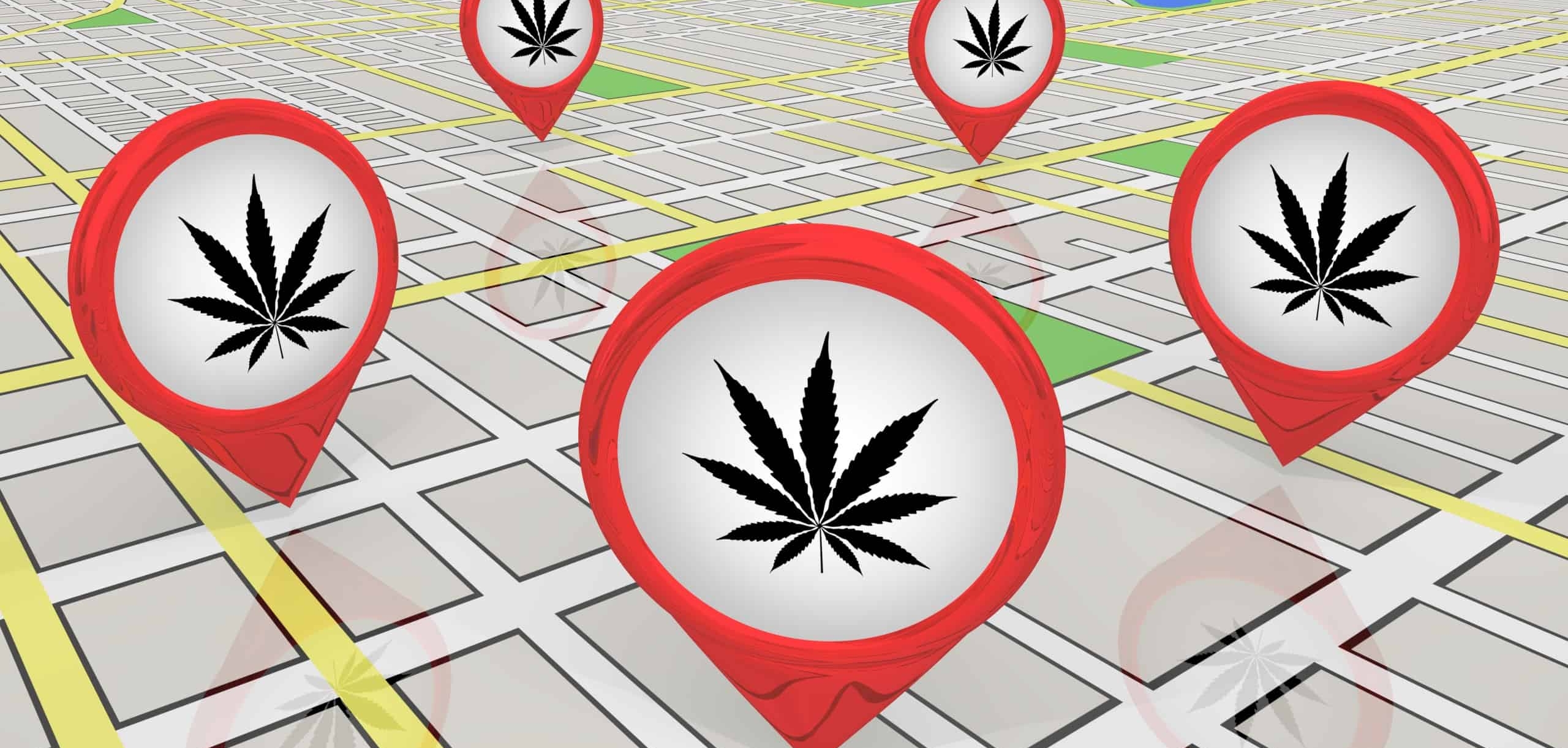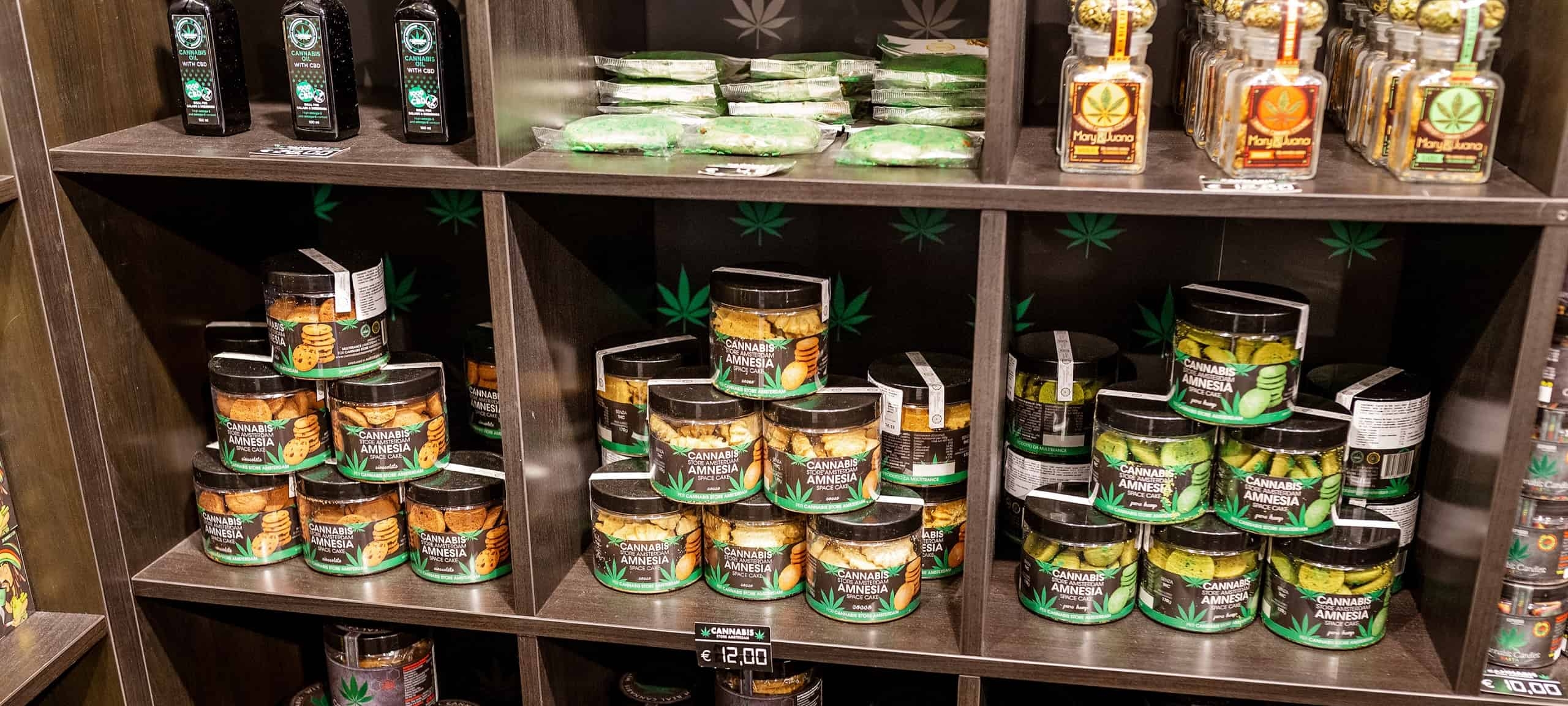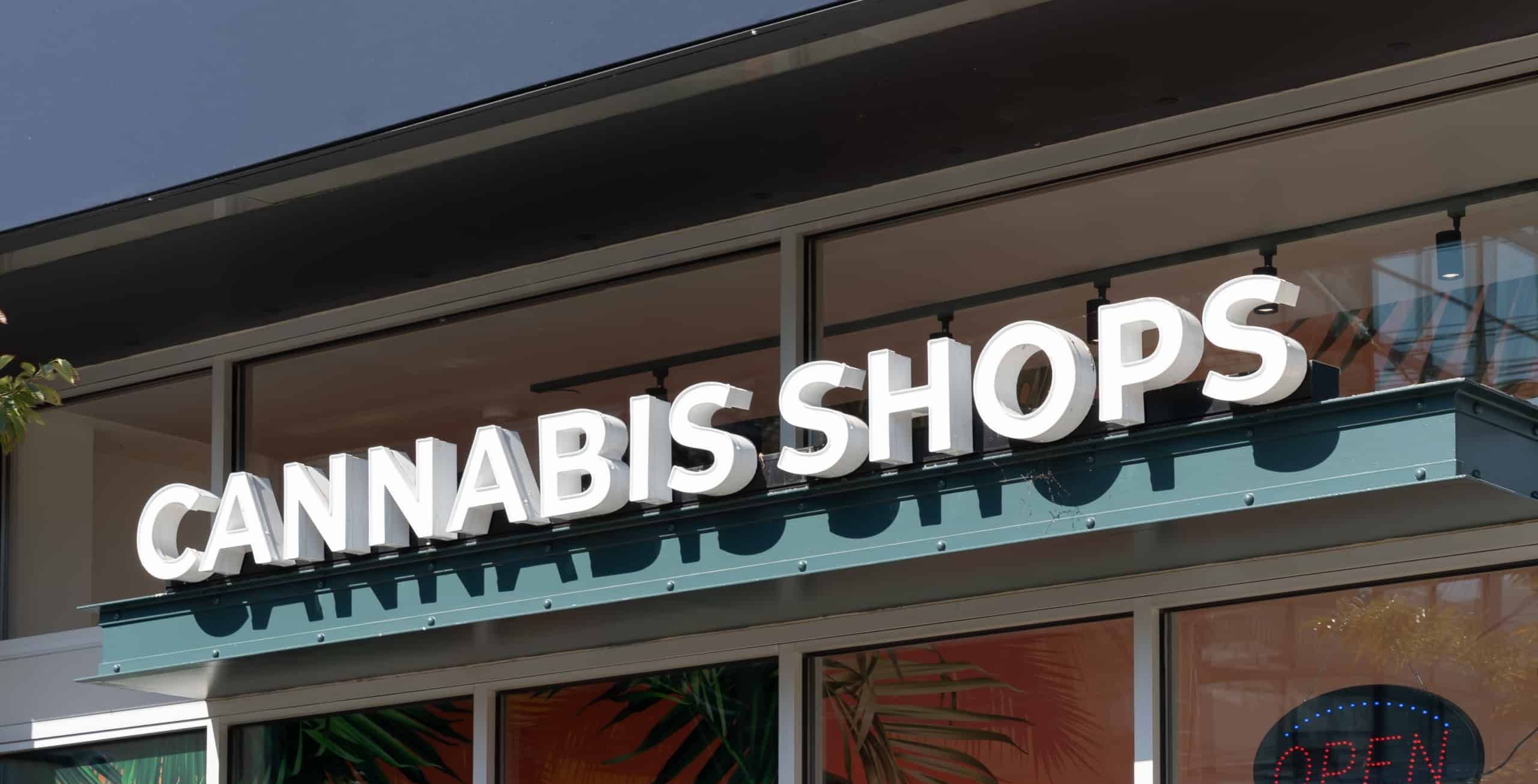Before applying for a cannabis retail license, most states force entrepreneurs to find legal commercial real estate for their shop and develop a comprehensive facility plan. Getting the right property for a 420 business is the largest contributor to success or failure in the early stages of entering the cannabis industry. According to Be Green Legal, poor real estate decisions are the number one profit-killing mistake for new cannabis businesses.
Here are seven vital tips for finding a profitable (and legal) dispensary property:
#1: Budget first
Before calling a cannabis realtor, establish a clear budget for both the property investment and overall business operations. These budgets will determine your facility’s needs and narrow the search. Bring in business partners and investors to discuss operational and financial goals, scalability, staffing, and marketing tactics.
#2: Know your tax rates
Business owners can keep significantly more of their profit margin if they research regional sales taxes in the budgeting step. Sales tax rates will impact the direction of your launch and your expansion strategy. For example, New York is imposing a 13 percent retail sales tax on cannabis where 9 percent goes to the feds and 4 percent goes to the local government. A 13 percent tax sounds steep until you look at Tacoma, Washington with its 47.2 percent sales tax rate, wherein 37 percent goes to the feds and the remaining 10.2 percent to the local government.
If your next opportunity lies in a high-tax market, be sure to secure an accountant who can maximize your tax refund through creative, legal means.
With a budget in hand, it’s time to start shopping — carefully.
#3: Know your local proximity requirements

Like traditional retail strategy, the next immediate concern is location, location, location.
Your newly purchased or leased retail store must first meet the local and state proximity requirements. For example, in Denver, a cannabis retail store must be at least 1,000 feet away from schools, an alcohol/drug treatment facility, a childcare facility, or even a city-owned outdoor pool (among other stipulations).
There are consultants and real estate firms that thoroughly document and track available properties capable of cannabis licensure. Cannabis Real Estate Consultants (CREC) offers their clients a digital map to assist with zoning, distance requirements, and license caps. If you already have a property in mind, they can confirm its eligibility for licensure.
Next, explore the consumer demographics of the location.
#4: Be smart about canna-tourism
Considering a location’s draw for canna-tourism can catalyze profit projections. “Given the size of the tri-state population and annual tourism to the region, the Northeast, (and specifically the tri-state area of New York, New Jersey, and Connecticut) is very likely to become a new epicenter of cannabis growth for the industry,” says BDSA..
Setting up shop in a tourist town can obviously increase foot traffic, but what if your tourism profit is reliant upon the residents of neighboring states and those neighboring states decide to legalize recreational sales? Consider avenues for drumming up your own canna-tourism opportunities like the ones suggested in Trouble in Trinidad: What happens to border boomtowns when neighboring states legalize?
Finding strategic tourism-centric partners like Puff, Pass and Paint or curating an annual direct-to-consumer pop-up event that drives revenue for you and the brands you carry can boost profitability drastically. Ensure your space can facilitate whatever tourist traps you create.
Also, make sure your neighbors are onboard.
#5: Don’t piss off the neighbors
License applicants and investors can’t afford for neighborhoods to dictate their go-to-market timeline. Befriending and educating potential neighbors can actually save you money.
Take the case of The Story Dispensary in Hoboken. A community member wrote a letter to the Hudson Report, “The Story Dispensary is not suited for its Hoboken neighborhood,” analyzing The Story Dispensary’s lowballed foot traffic estimate compared to their planned number of registers and establishing parking concerns. The Hoboken community made such a stink that The Story has been the sole topic of discussion for multiple committee meetings and has recently been requested to provide a traffic impact study.
#6: Consider the competition

While wining and dining potential neighbors, check out the local competition. Send a secret shopper or two in to get a feel for their consumer marketing and loyalty program strategy. If their menu isn’t on Weedmaps, iHeart Jane, Dutchie, etc., then you’ll have a leg up on them immediately.
Additionally, what are the competitors’ shelves missing and how can you differentiate your offerings and your overall vibe from surrounding competition? If you can offer better products and reach local consumers more efficiently, then competition isn’t to be feared, but exploited.
If you think you’d be hard-pressed to compete, look elsewhere.
Additionally, you’ll need to know how many licenses are already in use within that region, as many states and counties have placed caps on the number of licenses within their jurisdiction. Sometimes it’s worth shopping for used, licensed real estate. Research their failed business model to avoid their mistakes.
#7: Don’t underestimate the importance of layout
The most profitable locations have a flexible floor plan with securable access points. License applications for most states require a security plan, making the flow of product intake, accurate product storage, adequate shelving space, observable register viewpoints, efficient customer throughput, space for online ordering segregation, and dazzling merchandising space an afterthought.
It’s glaringly apparent when the flow of business wasn’t considered in the initial build-out of a dispensary; the customer experience is awkward, product intake rooms pile up, and merchandising becomes “Will this fit here?”
A poor layout can cost more overtime. In Washington State, “cameras must be fixed and placed so that all people and activities are clear and identifiable in all controlled areas (with no blind spots)” with the only exceptions being areas like the bathroom where there’s never any product. If product intake requires accessing a lot of rooms or maneuvering tight corners, you’ll overspend on surveillance equipment.
Focusing on these small details early in the application process can lead to significantly higher profit margins downstream.
Disclaimer:
MJBI content is intended to be used and must be used for informational purposes only. It is very important to do your own analysis before making any investment based on your own personal and professional circumstances. MJBI is not a registered investment, legal or tax advisor or a broker/dealer.





